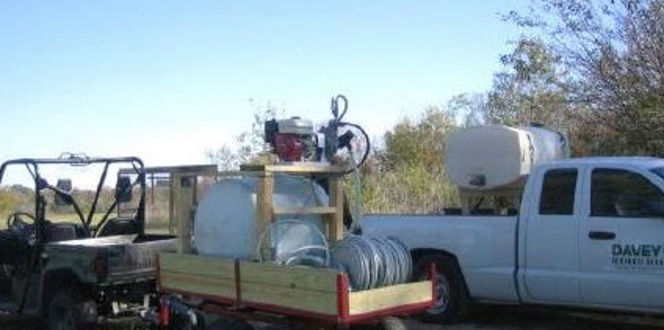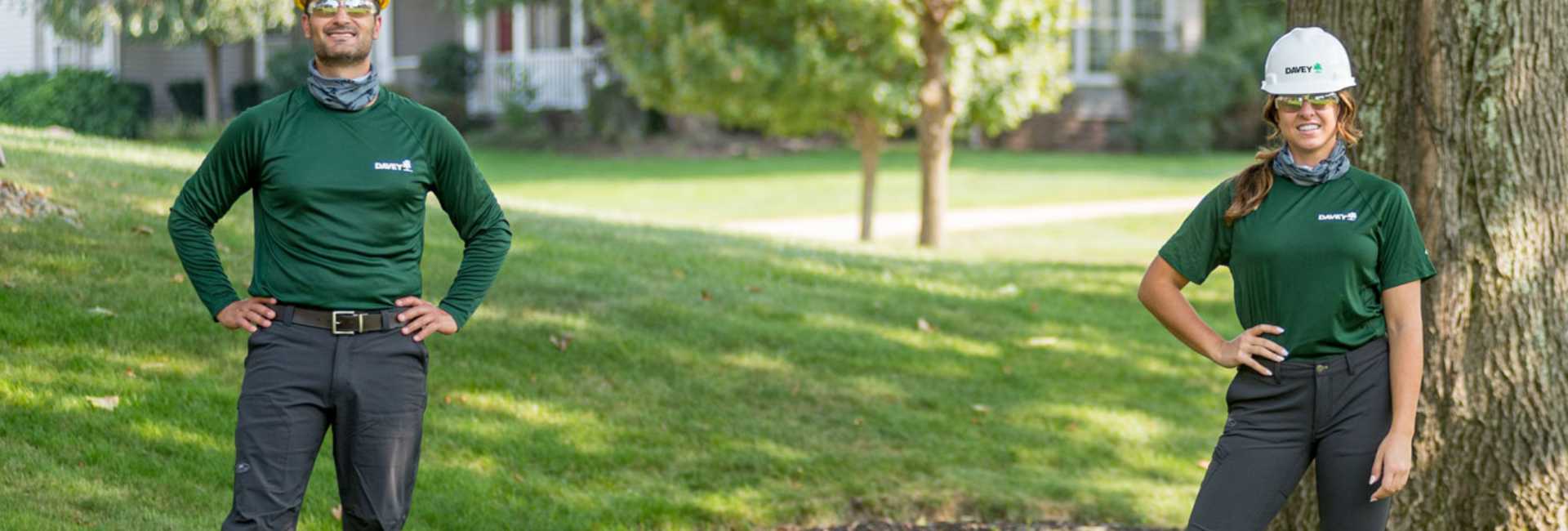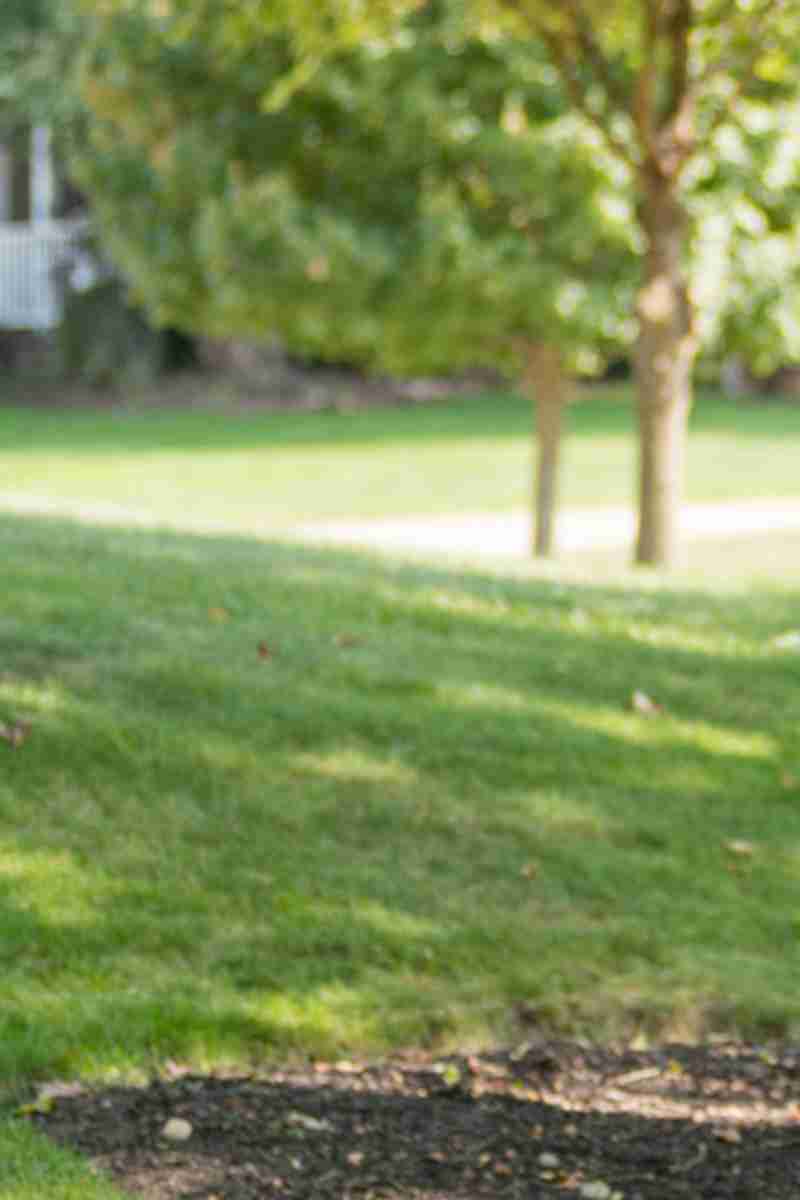Wittpenn Bridge Replacement
Davey Resource Group coordinated the preparation of an Environmental Assessment in accordance with federal regulations for the replacement of a critical connector bridge that was originally constructed in 1930.
Project Narrative:
New Jersey Department of Transportation (NJDOT) proposes to replace the Route 7, Wittpenn Bridge over the Hackensack River. The movable vertical lift bridge was first erected in 1930 and has served as a major connector between Routes 139 and 1&9 Truck to the east, and the New Jersey Turnpike Interchange 15W and Newark/Jersey City Turnpike to the west. Route 7 is a key component of the NJDOT’s Portway Corridor and the Portway Project. The bridge is substandard structurally, geometrically, and in terms of public safety. The project entails a northward shift in the bridge alignment to maintain traffic on the existing bridge while the new bridge is being constructed. A major realignment and widening of Fish House Road is also proposed. Because the Wittpenn Bridge is part of the Hackensack River Lift Bridges Historic District, the new design will follow the State Historic Preservation Office (SHPO) historic design and preservation guidelines.
Checking All The Boxes
Davey Resource Group (DRG) was contracted to coordinate the preparation of the Environmental Assessment (EA) in accordance with Federal Highway Administration (FHWA) procedures under the National Environmental Policy Act (NEPA), and pursuant to Section 4(f) of the Department of Transportation Act.
DRG prepared the Ecology Technical Environmental Study for the EA and an analysis of environmental impacts of bridge replacement alternatives. Upon approval of the NEPA documentation, NJDOT entered final design for the project. In final design, DRG was tasked with the preparation and submission of all environmental permit applications, including New Jersey Department of Environmental Protection (NJDEP) Freshwater Wetland Individual Permit, Waterfront Development Individual Permit, Flood Hazard Area Individual Permit (for work conducted in the NJ meadowlands) as well as U.S. Army Corps of Engineers (USACE) Section 404 Individual Permit. DRG also was tasked to prepare an Essential Fish Habitat (EFH) Assessment, which is an integral component in the procurement of a U.S. Coast Guard (USCG) Bridge permit.





